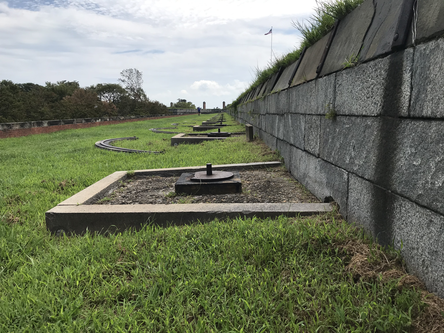 Sam Burnham, Curator Southeast Virginia has become a special place to me over the last four years. Between a visit to Jamestown, Williamsburg, and Yorktown followed up by my son being assigned to the Norfolk area with the Navy, we try to get to Virginia when we can. Recently we visited a Virginia landmark that is definitely worth mentioning. A love of history pulled us to this location. It had plenty to offer. Named for President James Monroe, Fort Monroe was originally commissioned by President James Madison. The War of 1812 convinced him that America needed coastal fortifications to defend the country against invasion. These fortresses still dot the Atlantic and Gulf coasts. Fort Monroe’s strategic location protected the Hampton Roads as well as the James and York Rivers. It was such a prime location that a military presence was active here until 2011. 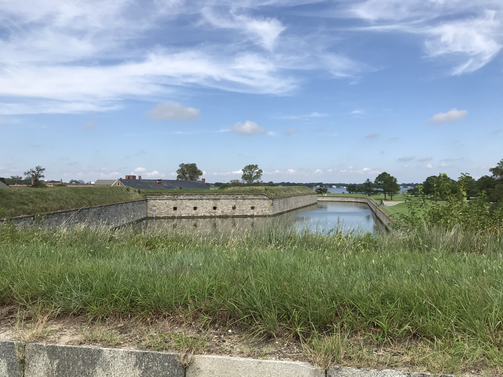 Early in the fort’s history a young 1st lieutenant by the name of Robert E. Lee was assigned to fort. He worked as an engineer while stationed at Fort Monroe. His son, Custis, was born there. The fort earned the name “Freedom’s Fortress” during the War Between the States. The US maintained control of the fort throughout the war and escaped male slaves who made it to the fort were considered contraband and would not be returned to the Confederacy. This led to thousands of slaves fleeing to Fort Monroe seeking asylum and freedom. 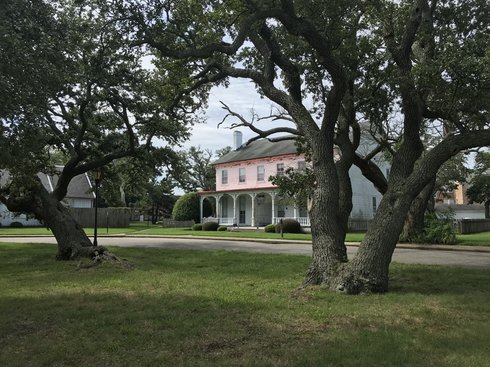 In March , 1862 the fort was witness to the Battle of Hampton Roads. The ironclads USS Monitor and CSS Virginia slugged it out in the waters of Hampton Roads. It is not uncommon for fishermen and boaters to encounter live ammunition from the war in this area. After the war, the casemate was used as a prison cell for Confederate President Jefferson Davis after his capture in Irwin County, Georgia. Davis was eventually moved to a more humane location at the fort. Davis spent two years imprisoned at the fort before being released without ever facing trial. Fort Monroe served on long after the war. It played a role defending the Chesapeake during the Spanish-American War, both world wars, and throughout the Cold War. 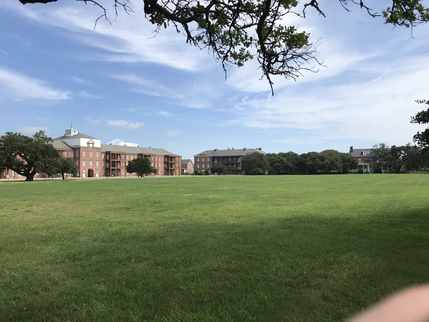 Today there are several plans that would repurpose the fort. Buildings inside and just outside the walls serve as homes and businesses. The architecture is beautiful. Tourists visit museums and eat in restaurants. People use the fort for walking and jogging. The historic and cultural draw brings people who want to learn about what happened at Fort Monroe. The waterfront location brings tourists to the public beach. Weddings are popular in the fort’s churches. Fishermen and boaters flock to the marina. Two centuries old and yet Fort Monroe is still finding new ways to stay relevant. With what I saw at this location, I think it’s safe to say Fort Monroe will be an important place for at least another century. It’s one of those places people want to visit. With wise use and planning, there’s no reason that it won’t serve the Hampton area as an economic engine for years to come.
0 Comments
Leave a Reply. |
Sam B.Historian, self-proclaimed gentleman, agrarian-at-heart, & curator extraordinaire Social MediaCategories
All
Archives
November 2022
|
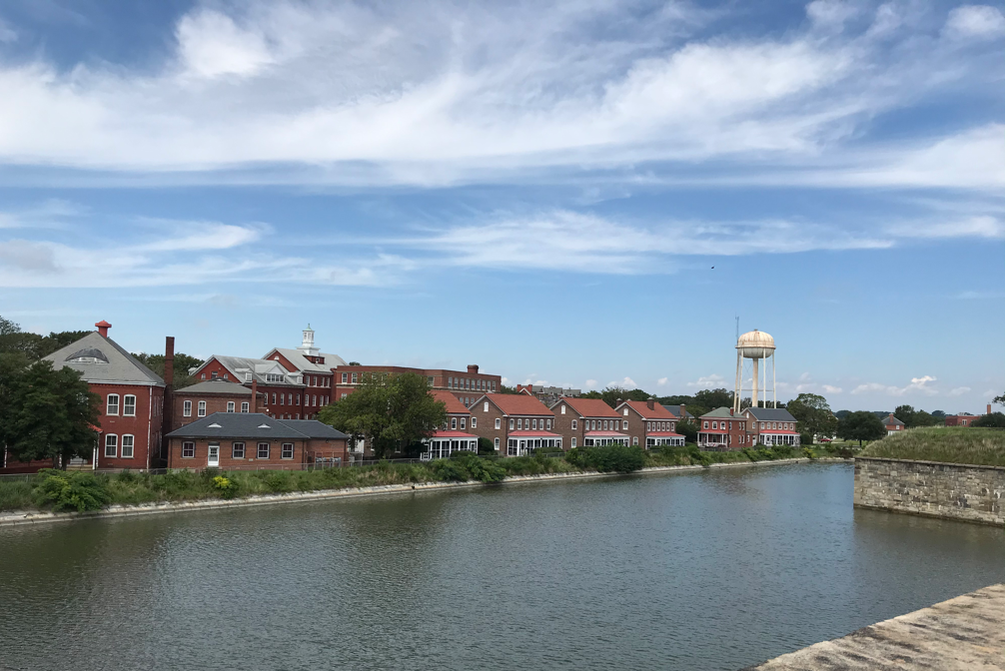
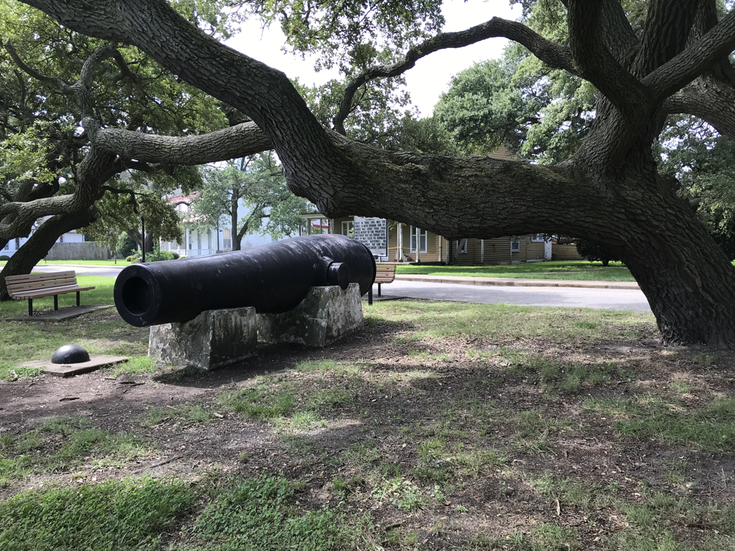
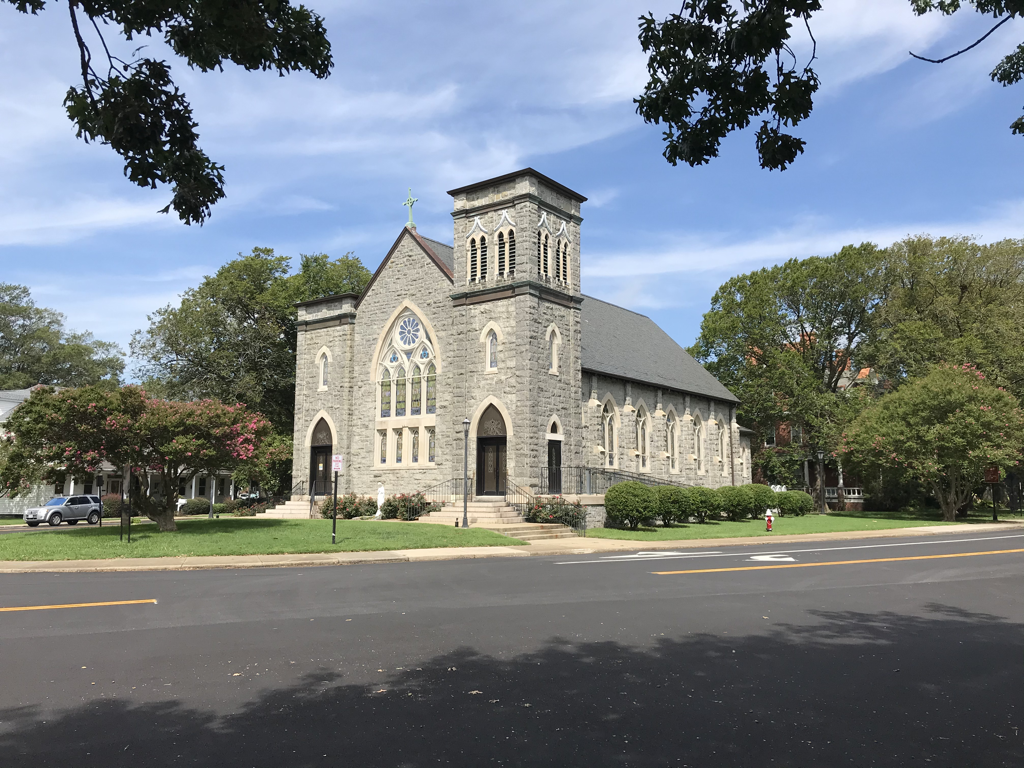
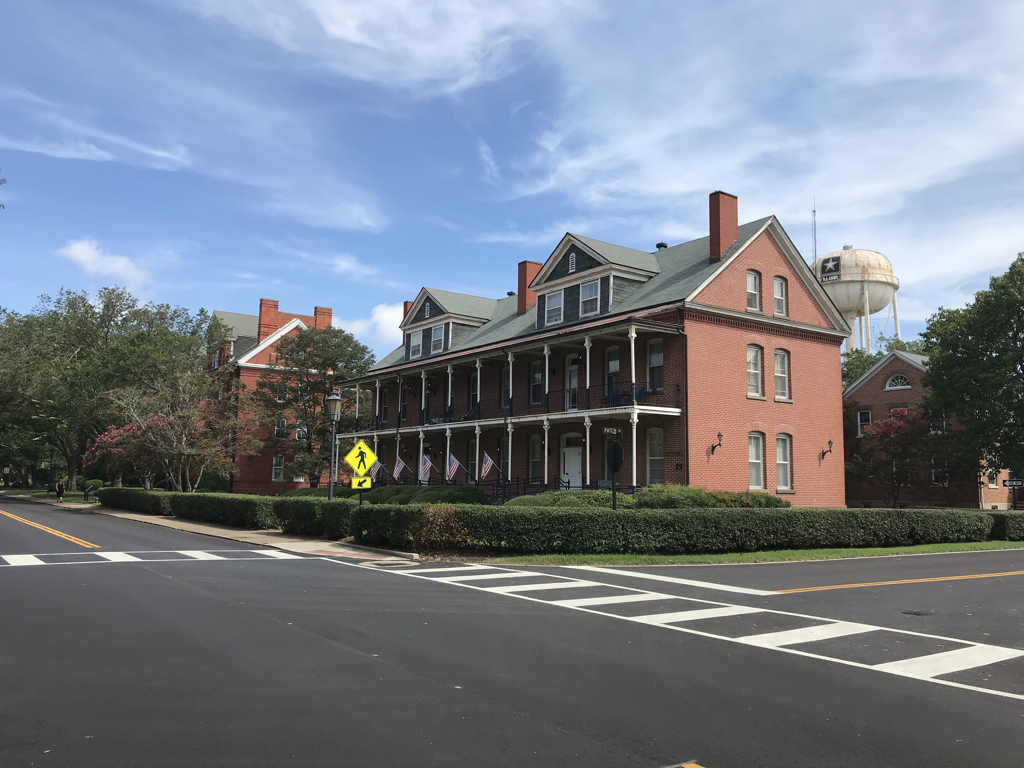
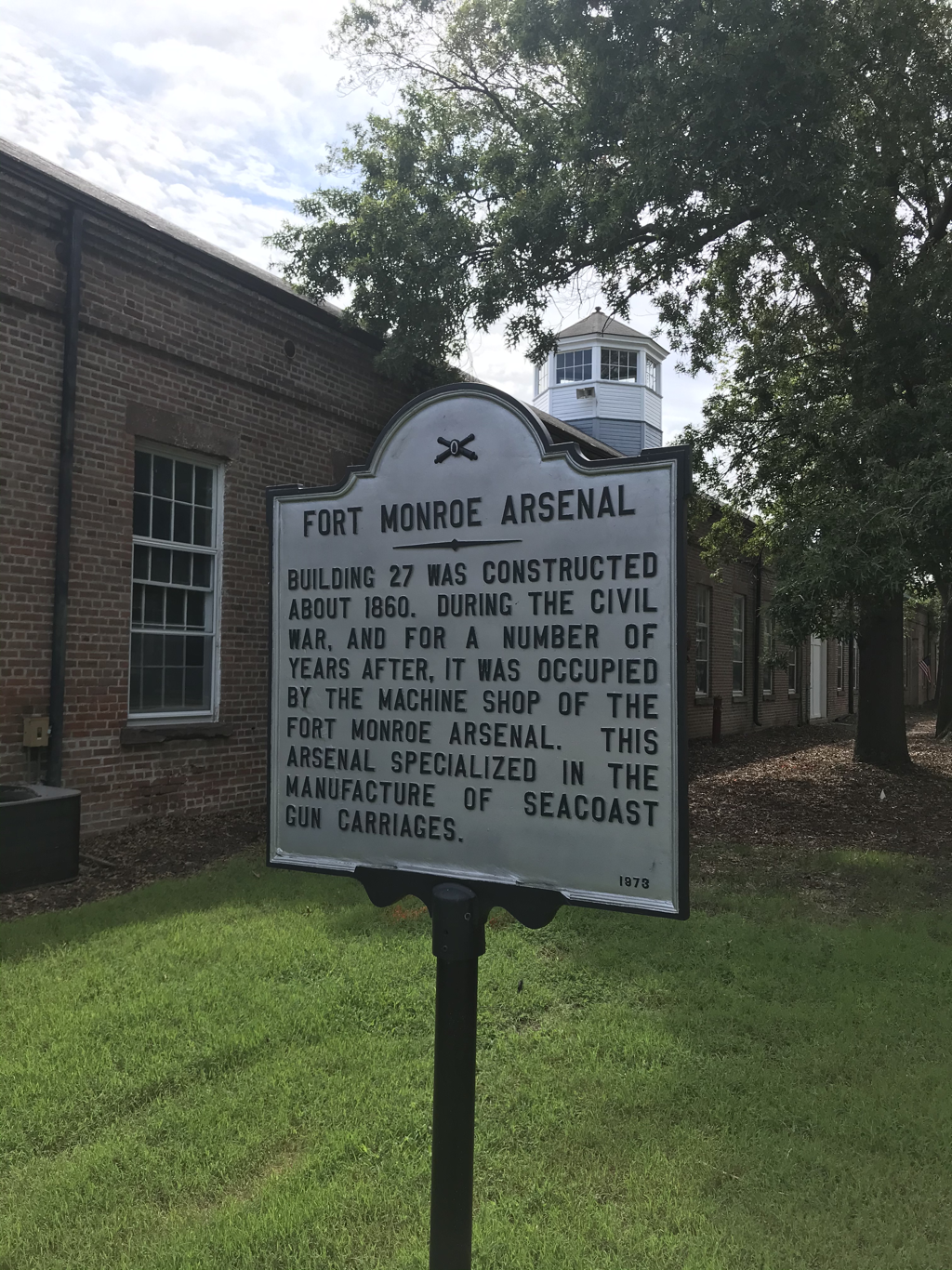




 RSS Feed
RSS Feed
